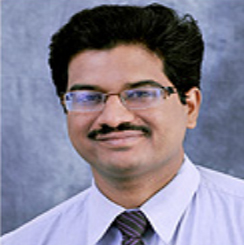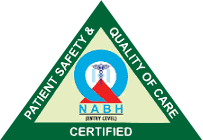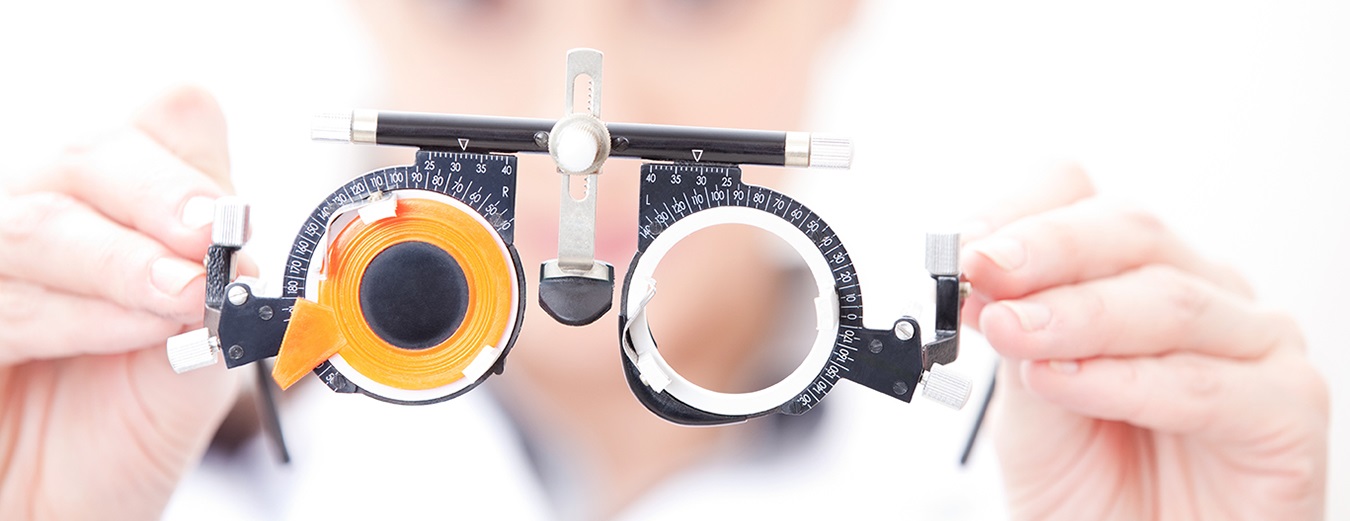
Welcome to KRISHNA EYE INSTITUTE
“YOUR EYES ARE IMPORTANT FOR US EVERYTHING IS MORE BEAUTIFULLY REFLECTED IN THEM”
Krishna eye institute is a superspecialty eye care center in the heart of kalyan city. It is one of its kind in central suburbs with expertise and instrumentation necessary for superspecialty cases of child eye diseases and squint (All Ages).Along with this hospital is also forefront in providing general eye care services which includes sophisticated cataract surgery with phacoemulsification and most advance intraocular lens. The institute has exclusive facilities that are dedicated to compassionate and holistic eye care to all patients. Abreast with the latest technology, we have always remained at the forefront, in delivering the best care that the city has to offer. We have always tried our best to fixed patients problems with intention to provide them much better life.
Our Treatments
Read more about Treatment
Read more about Treatment
Read more about Treatment
Read more about Treatment
Patient Reviews

Krishna Eye Institute is the only place where you will get all facilities of your eye problems under one roof.
Narendra Todkar

It is one of the very good eye hospital in kalyan, very cooperative staff.thank you for your service.
Dinesh Korde

Dr.Prashant sir is best eye doctor, Treatment & surgery was very smooth and very cooperative staff.
Nagesh Kulkarni

Felt very comfortable staff members cooperated well. Dr.prashant cleared all d doubts regarding d surgery.
Kamala Raghavan

Very Good experience. Doctor and staff is very helpful and providing good services.. Thank you
Girish Dhadve

I took my mother for the cataract surgery of her right eye and subsequent DCR operation after 15 days.
Anand Bhimte
KRISHNA EYE INSTITUTE
Krishna Eye Institute is the most Trusted and Oldest Eye Care Centre with Dynamic management and Most qualified Eye care Professional with motto of 'single place for Complete Eye Care
Hospital Address
2nd Floor, The Big World, Soman Sun Citi, Opp Bhoirwadi Bus Stop, Near Gurukrupa Hospital, Near Sidhivinayak Marriage Hall, Birla Collage Road, Kalyan (W) Thane 421301.
Contact Details
Tel No. : 0251-2313399
Direct No. : 9403442323 / 9699424438
Mon - Sat : 11 AM to 1 PM (By Apt. Only)
Mon - Sat : 6 PM to 9 PM (By Apt. Only)




